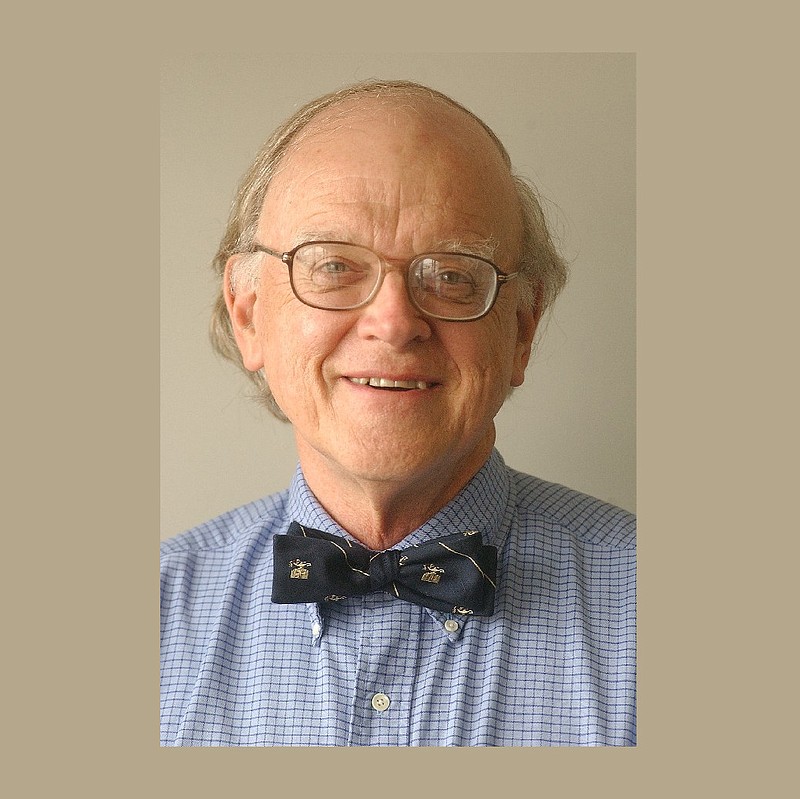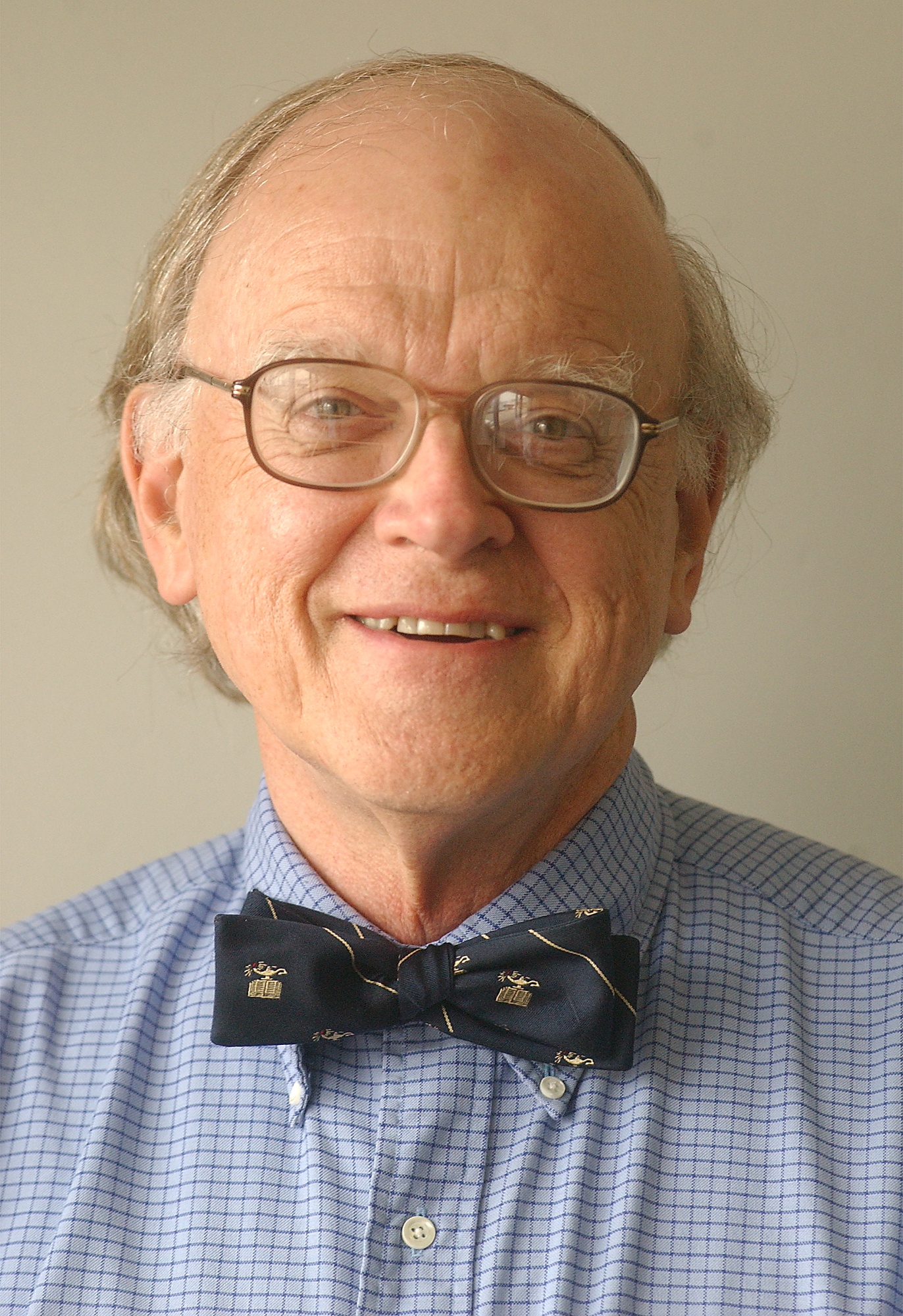The most visible casualties of the recent shutdown of the federal government were national parks and memorials. Largely overlooked were vital services in the area of health, without which our country would suffer extensive consequences. Several such programs were hit by the shutdown.
n Medicare and Medicaid. Both programs faced delays in reimbursing providers for services during the shutdown. Such delays hurt the support and credibility of the programs.
n National Institutes of Health. For fiscal year 2014, NIH seeks appropriations of $31.3 billion to operate its many programs. NIH's extensive laboratory and clinical facilities focus on the prevention and treatment of a broad array of diseases - mental health, cancer, alcoholism, diabetes, deafness and communication disorders, aging, the human genome and cardiovascular disorders are among the targets.
Research projects look at fundamental aspects of biology as well as design of new therapies. Investigations into basic science may not yield benefits for many years. For
this reason, commercial companies are less likely to fund such studies. NIH provides funding through multi-year grants for research both on its extensive campus in Bethesda, Md., as well as in research facilities around the country. Universities, medical centers and independent research foundations compete for NIH grants that support coordinated research into disease mechanisms and treatment.
Training basic scientists is an important mission of NIH both at Bethesda and in regional hospitals and laboratories. The process of nurturing young scientists is lengthy and expensive. They will define the breakthroughs in our comprehension of human biology in decades to come. These breakthroughs, in turn, will stimulate commercial development and applications.
Shutdowns and sequestrations of budgets interfere with long-term grants and contracts funded by NIH.
n Centers for Disease Control and Prevention. Founded in 1946, CDC initially was a component of the U.S. Public Health Service. The agency is now a component of the Department of Health and Human Services. For fiscal year 2014, CDC has requested a budget of $6.6 billion.
The research and clinical agenda of CDC includes disaster preparedness, food safety, injuries and violence, birth defects, environmental and workplace health, management of chronic diseases and infectious diseases. Outbreaks of infections are promptly investigated by epidemiologists at CDC, which is the nation's safeguard against outbreaks of new diseases, including bioterrorism.
CDC regularly updates information on immunizations and international travel. Its website provides an array of practical information on all aspects of preventive medicine for health care professionals and consumers.
Like the NIH, when shutdowns occur, CDC research cannot be conducted in yearly timeframes.
n Food and Drug Administration. The FDA dates from legislation passed in 1906. Its responsibilities extend widely, from food safety, approval and monitoring of prescription and over-the-counter medications and tobacco products, as well as medical devices and cosmetics. Vaccines, blood transfusions, biological preparations and veterinary feed and medications fall under the FDA's purview.
FDA also operates regional and foreign centers, with the latter helping in the evaluation of medications produced abroad for the American market.
n U.S. Public Health Service. USPHS has diverse responsibilities for providing health care to American Indian and Alaskan Native populations, federal inmates, the Coast Guard and underserved rural populations. Commissioned officers of the USPHS serve in the FDA, CDC and NIH. USPHS serves as an umbrella for multiple services in public health.
Other agencies from the Department of Agriculture to the Environmental Protection Agency to the Occupational Health and Safety Administration support programs in health and human welfare. In a world of increasing complexity, each represents a barrier against disease and injury. This work could not be outsourced to private contractors without substantial loss of continuity and purpose. Individual states lack the resources to take over these responsibilities.
Do Congressional opponents of government actually understand what governmental agencies accomplish in the area of health? What alternatives do they propose? Do they believe that private enterprise can subsume governmental roles in health and welfare?
These questions deserve answers before opponents of government again mobilize their wrecking ball.
Contact Clif Cleaveland at cleaveland1000@comcast.net.

